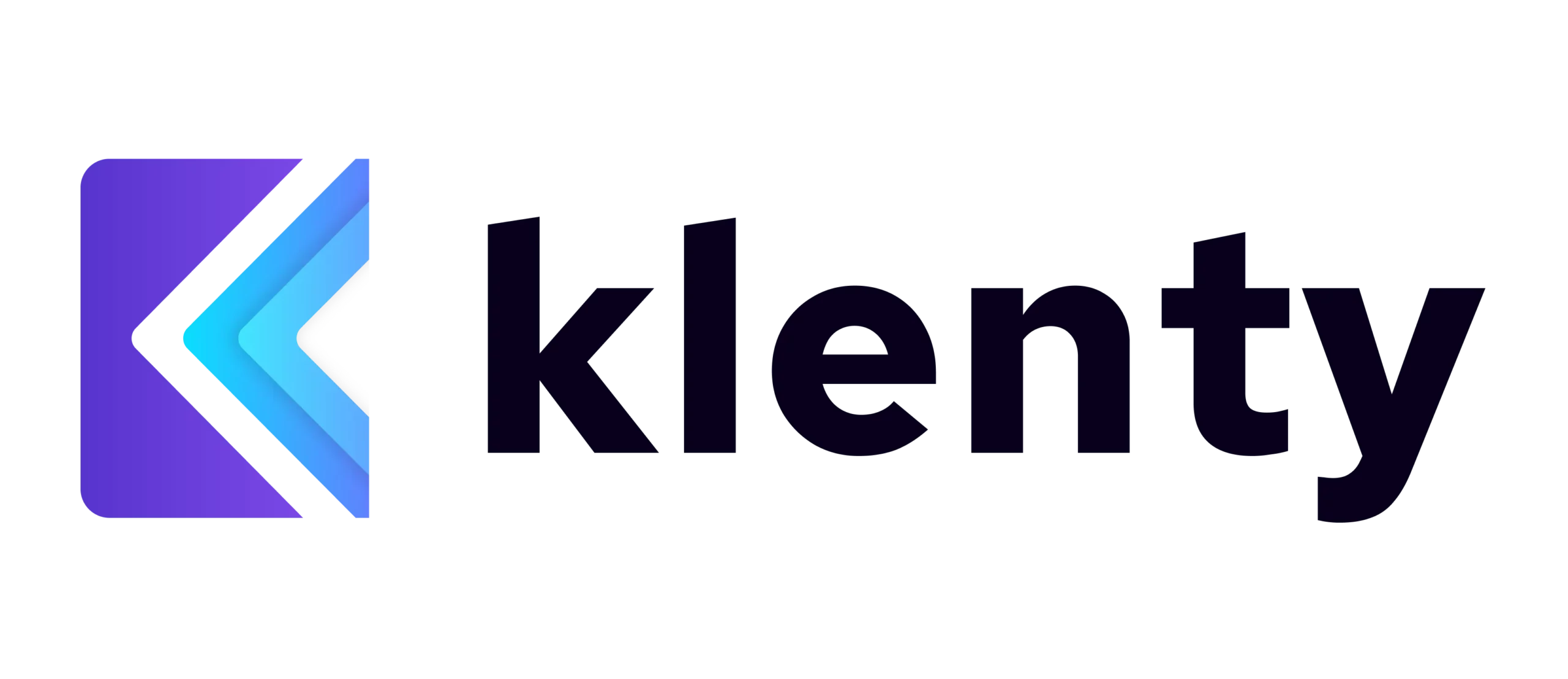This blog is a recipe for high-velocity sales. We’ll show you how to build your own high-velocity sales team with the right ingredients.
A short disclaimer: This recipe is not for someone who is fine with being an average Joe.
Salespeople who want to achieve high-velocity sales need to have a high level of tolerance to advanced automation tools, top-notch sales strategies, and a stomach for super-speed task execution.
Meet the star ingredients:
- Repeatable sales processes that are backed by data-driven insight
- Automation tools that will empower salespeople
The rest, still important, are a series of improvements and changes you can make in your sales process and your sales team, so you can be at the top of your game.
Let’s begin by brushing over some basics.
What Is High Velocity Sales?
High velocity sales are the rate at which salespeople execute their tasks to move deals through the sales pipeline, in a way that results in shorter sales cycles, and more closed deals.
How Do You Calculate Sales Velocity?
What Is Sales Velocity?
Sales velocity is a health-check metric that calculates how quickly a salesperson closes a deal over a period of time.
It is measured to check the efficiency of your sales team or the effectiveness of a particular strategy that you have implemented. In that case, you can calculate the sales velocity of a period of time before and after implementing the change and compare the results.
Sales Velocity Formula:
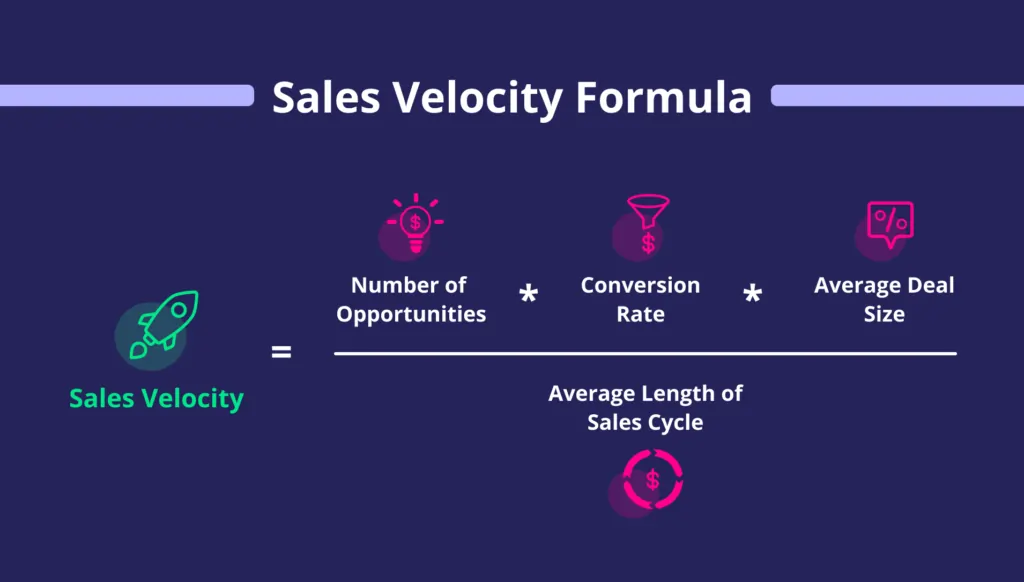
Sales velocity = # of opportunities * average deal size * conversion rate / average length of sales cycle
The assumption: Calculate sales velocity between a particular period of time like a quarter, 6 months or a year.
The Factors That Impact Your Sales Velocity
- The number of opportunities in your pipeline: It’s not enough that you have n number of leads in the pipeline, they have to be converted to opportunities. Naturally, the more opportunities you have, the more deals you can close sooner thereby speeding up your sales velocity.
- The average deal size: It is the average dollar value of the deals in your pipeline. Usually, larger deal sizes mean longer sales cycles.
- The average sales cycle length: It is the average time it takes to convert a prospect from when they enter the sales pipeline to when they’re closed. The sales cycle length varies according to the average deal size, and industry. In general, enterprise deals may have longer sales cycles because of the higher number of decision makers involved, the complexity of the product/service, and the extensive competitor reviews that buyers at such scale would often do.
- The conversion rate: From leads to opportunities to the final deal stages, prospects will get disqualified, disinterested, or just outright ghost you sans reason. So find out on average how many have converted in the end to get the conversion or win rate. It is an important metric that helps salespeople predict revenue and plan ahead.
Teams that are ridiculously focused on high growth will fine tune the above sales metrics to achieve high velocity sales.
How To Build a High Velocity Sales Team?
Building a high velocity team is unlike any strategy, process or new initiative you've ever tried to implement. It is not about hiring more and more top performers and revising sales quotas to resemble the Burj Khalifa, yet not seeing any improvements. It’s rather a continuous process of trial and error, an arduous climb up the mountain of boring day-to-day tasks to reach a point where you see great returns. You will have to do a lot of process improvement, invest in people, strategies and advanced tools to see it all come to fruition.
1. Improve Turnaround Time in Every Stage of Your Sales Cycle
Keep an eye on your sales cycle as it indicates the efficiency of your underlying sales process.
In order to shorten your sales cycle, you have to first identify and set:
- The different stages of your sales cycle,
- The leads you want to attract: seeds, nets, or spears, (re: achieving repeatable lead generation.)
- The level of engagement needed during each stage in order to push the deal through quickly, and
- Sales strategies that need to be employed to suit the always evolving B2B landscape.
Every move by a salesperson should be tracked and the pace of their task execution at every stage measured. Sales cycles stretch longer because of various reasons that are out of salespeoples’ control like the multiple decision makers involved in the buying process or decision paralysis from buyers or reps not knowing the right steps to execute at the right stages at the right time. Tracking the steps in each stage will help you draw focus to a particular salesperson who needs help or a stage in the sales process that needs to be optimized.
How Can You Improve the Turnaround Time at Each Stage?
Have clearly defined tasks to execute at the different stages of the sales cycle, and use the power of relevant automation tools to execute the right tasks. This will speed up the rate at which the sales process moves.
How?
Below are clearly defined tasks for each stage of a typical sales cycle. In order to improve the turnaround time at any stage, you should be first able to measure the time it takes to complete these tasks at every stage. Measuring how long each stage takes to complete, and comparing it between certain periods of time will highlight roadblocks in any of the stages and help you identify areas that require optimizations.
- Prospecting & outreach: In this stage, reps have to research and find their ICPs and build lists of prospects. Inbound SDRs would at this point reach out to warm prospects while outbound SDRs should reach out to cold prospects via cold emails, cold calls or LinkedIn using battle-tested cadences or by following a sales playbook. They will have to identify effective cold email or cold call strategies to open conversations with prospects, and book meetings. Reps will also have to update their CRM with the prospects’ list.
- Qualify leads: Salespeople or Account Executives will take over and conduct the discovery calls to know more about the prospects’ needs, and problems, to identify their use case and qualify the prospects. AE's have to consistently at every stage update the status of the leads in their CRMs.
- Demos: AE’s will follow up with multiple leads in the pipeline to hold demos. AE’s would then create pitches tailored to the prospects or use existing pitches and plan for the meetings. They will then conduct demos to get more information of the prospects’ companies –like what their organization structure looks like or what their current business processes are etc., in order to further qualify them again, and/or learn more about their use case. They will use this opportunity to solve their problems with unique solutions or allay their apprehensions.
- Objection handling: AE’s will follow up with multiple opportunities in the pipeline to handle objections via multiple channels. They will make use of sales enablement material like whitepapers, or product videos to handle these objections.
- Negotiation: Follow up with opportunities to negotiate on price and/or features using personalized emails. They can negotiate using the information they learnt during the conversations with prospects earlier. If AE’s have learnt that the opportunities are seeing successful results after using their product, they can ease up on offering more discounted pricing.
- Close: Create and manage multiple contracts. Ensure the contract is signed within a particular timeframe and the payment goes through as soon as possible.
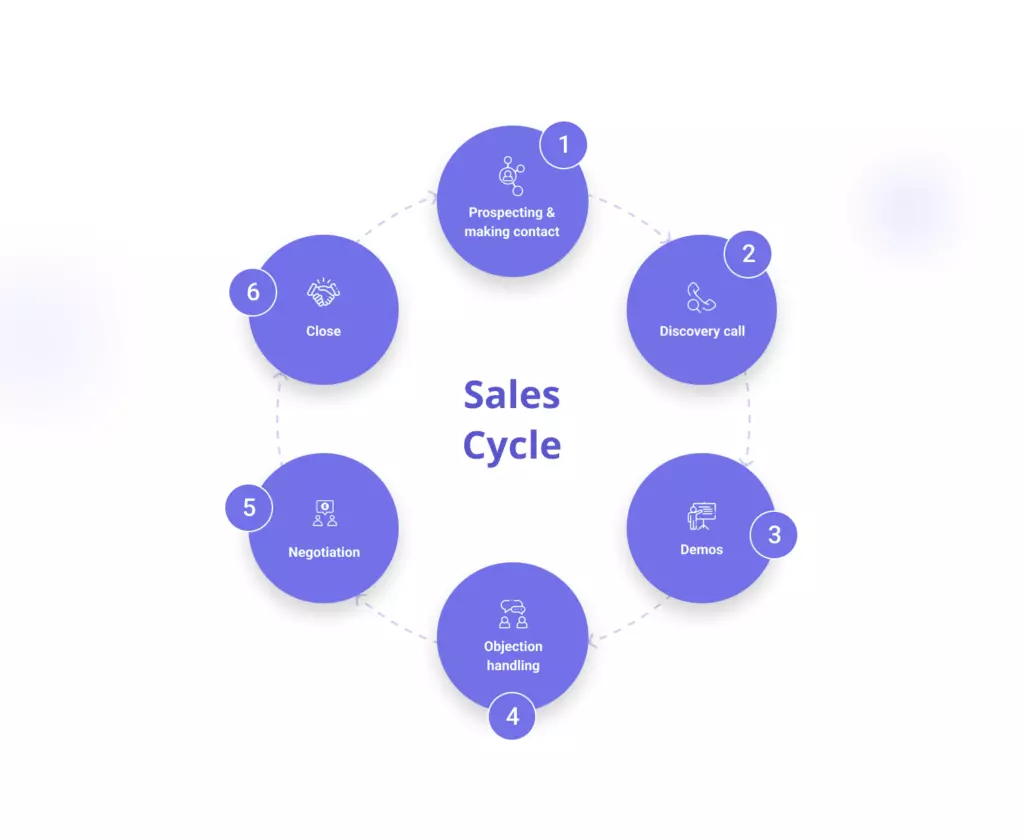
2. Build a Strong Sales Tech Stack To Speed up the Sales Process
Sales teams obsessed with high velocity sales employ powerful tools to automate many time-consuming, administrative tasks and scale quickly.
How Can You Enable Sales Teams To Execute the Right Task at the Right Time?
Leverage advanced tools to automate the manual tasks that bog salespeople down like building lists, entering data into the CRM, setting up meetings, managing contracts, or plain old outreach tasks. This will give them ample time to focus on tasks that are vital to improving conversions – personalizing their emails, following up with eager prospects, or researching prospects.
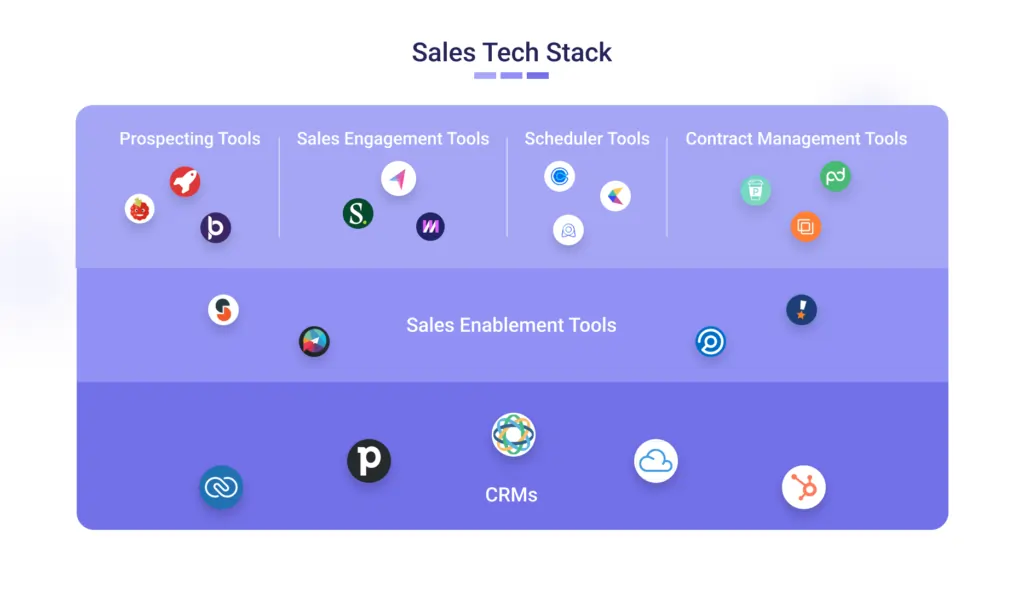
Tools for Prospecting:
Instead of spending hours and hours scouring the internet for prospects, get a tool that does it for you. Try LeadGen tools that can not only help you access contact details but also help you categorize prospects, get other important information about the prospects that were otherwise unavailable to them, and ensure that reps are well-prepared before making initial contact. Here’s an all-you-need-to-know guide on prospecting in the modern sales landscape.
Examples: Aeroleads, Leadfeeder, Linkport, Leadberry, LinkedIn Sales Navigator.
Tools for Sales Engagement:
An important part of achieving high velocity sales is having personalized conversations with your leads at scale on multiple channels. That’s why sales engagement tools are perfect. They facilitate high-quality interactions between you and the prospects across multiple touchpoints in their buyer journey and different channels. These tools automate the repetitive parts of your sales funnel including running outreach campaigns, following up, tracking conversations, and so on. This lets you focus on more meaningful activities such as building relationships and closing deals. Read more on why to invest in a sales engagement software here.
Examples: Klenty, Salesloft, Xant, Lemlist, Mixmax.
Meeting Scheduler Tools:
A very common situation that slows down the sales process (albeit not very visibly) when you and your prospect exchange revised timings like a ping pong match until one of you misses the meeting (mostly them). If your salespeople are wasting a lot of time coming up with “the” best time for the appointment, an efficient objection handling technique along with an automatic meeting scheduler will help you wrap up the situation in under a minute.
Examples: Calendly, Appoint.ly, CalendarHero, Pick, Doodle
Tools for Contract Management:
Drawing up a contract, getting the other parties involved to sign it, pushing it through legal, keeping track of the statuses of all or pending or incoming contracts – the whole process of managing contract lifecycle is time-consuming and something that needs your attention if you’re focused on shortening sales cycles. You could bring down the time it takes to draw up a contract to less than an hour with the help of automation or even zero, in some cases.
Examples: PandaDoc, DocuSign, Proposify, LinkSquares, Dealhub.io
Sales Enablement Tools:
You might be making buying guides or white papers to ease your prospects’ decision making process, playbooks or training material for your salespeople so they can perform better. But your efforts may be wasted if such content is not accessible at the right time or if its effectiveness cannot be measured. There’s a tool for that too. A sales enablement tool will help you bring all your sales enablement content to one place so that you can track its usage, measure its effectiveness, and make it easily accessible to salespeople.
Examples: Seismic, Paperflite, Highspot, Mindtickle, Guru.
CRMs:
Starting from contact information to what stage of the pipeline a prospect is in and what interaction you had in the last meeting, there’s a lot of data involved. And the problem is not gathering enough data, it’s managing them especially if you want to scale. That’s why Customer Relationship Management softwares exist. It is indispensable to high-growth sales teams because it helps them visualize the sales pipeline, and acts as a centralized location for all of your prospect data.
Examples: Zoho CRM, Pipedrive, Agile CRM, Close.io, Hubspot CRM.
3. Define Sales Roles Clearly To Speed up Task Execution
Sales is a lengthy, effort-intensive process that one person cannot do on their own. Here’s a peek into some of the tasks salespeople have to do – in a week, they have to build lists of hundreds of prospects, handle objections from multiple prospects, and do price negotiations among other tasks. This list is not exhaustive. There’s still a lot more they have to do. Depending on the size of your company, if you divide the responsibilities, each salesperson will have more time to focus on executing the right task.
So, How Should the Roles Be Defined To Achieve Maximum Productivity?
To achieve high velocity sales, many of the specialized sales teams in the SaaS industry have appointed two key people who can convert prospects to leads, and leads to customers, to ensure that the work is distributed among the workforce.
- SDR: SDRs look for prospects who match the ideal customer profile, conduct a preliminary qualification of the prospect, and book meetings with them for the account executive to take over. Their job ends after booking the meeting with a prospect or until a prospect becomes a lead. Oftentimes they will also do their own lead qualification.
- Inbound SDR: SDRs reach out to prospects who are brought in by the marketing team.
- Outbound SDR: SDRs reach out to prospects who have not been contacted before and have no knowledge about you or your business.
- Account Executive (Inside Sales): AEs are the quota-carrying members of the sales team responsible for engaging with the leads in the pipeline and closing deals. From lead qualification to objection handling to negotiation, they take care of the sales communication with a lead till a deal is closed.
4. Build a Standardized Sales Engagement Process To Scale
Which is a better option?
Option A. Sales reps using their own outreach strategies.
Option B. Sales reps using a unified data-driven outreach strategy.
Option B is the obvious choice. It is the result of a standardized sales engagement process. With it, you can achieve:
- consistent results because of a centralized sales process
- richer interactions between prospects and salespeople because of the ability to personalize
- higher conversion rates because of scalability and personalization
- maximum productivity from your team because of powerful automation
How Can a Sales Engagement Process Improve Your Sales Velocity?
Build a standardized sales engagement process using a sales engagement software, just like all the high revenue generating teams do.
One notorious issue that slows salespeople is decision paralysis. With the rising number of tasks to, the question arises, “which task do I prioritize?”
Using a sales engagement software will help reps execute the right tasks at the right time at every stage of the sales process, by providing them features like focus-mode execution, and daily detailed task lists.
So, while reps find clarity in their tasks and goals, you can focus on building the right sales strategy by running A/B tests on email copies, cold calling scripts or even CTAs or subject lines. So, whatever works can be repeated, and scaled.
Don’t take our word. Here is a story of how a company experienced a 93% jump in outbound revenue, and built a centralized outreach strategy by setting up a sales engagement process.
5. Have Rich Sales Conversations Using the Right Sales Enablement Collaterals
There are two kinds of sales enablement materials. One that reps can use for themselves, and the other is to be shared with customers. Marketing can create content that raises awareness about the product or service while sales can focus on creating the content that pushes a sale forward.
So How Can You Speed Up Your Sales Process Using Sales Enablement Collaterals?
We’ve all been there, where we were caught off guard by an objection. If only we had prompts back then. Having useful content that is easily accessible will act as a safety net for your salespeople before facing prospects. Access to such materials will not only prepare them to face any prospect, it will also help them proactively outreach without inhibitions.
Here’re some examples of content for salespeople:
For cold calling:
- Cold calling scripts
- Objection handling scripts
- Negotiation tactics,
- Voicemail scripts
For emailing:
- Email templates
- Product feature sheets
In general:
- Buyer persona document
- Value proposition canvas
- Competitor analysis sheets
As hectic as it is for your reps, the buying process is hectic for your prospects too. One of your main goals should be to ease the burden of decision making on the prospects. So, create sales enablement material that are tailored to the intent of prospects who are at different stages of their buying journey.
So create material:
To create awareness in prospects - blogs, newsletters, social media posts, or shareable infographics, podcasts.
To nurture interest in leads - Case studies, Whitepapers, quizzes, E-books, Events, Webinars, Brand assets.
To convert opportunities - Customer success stories, competitor analysis sheets, Whitepapers, Downloadables, Pitch Decks.
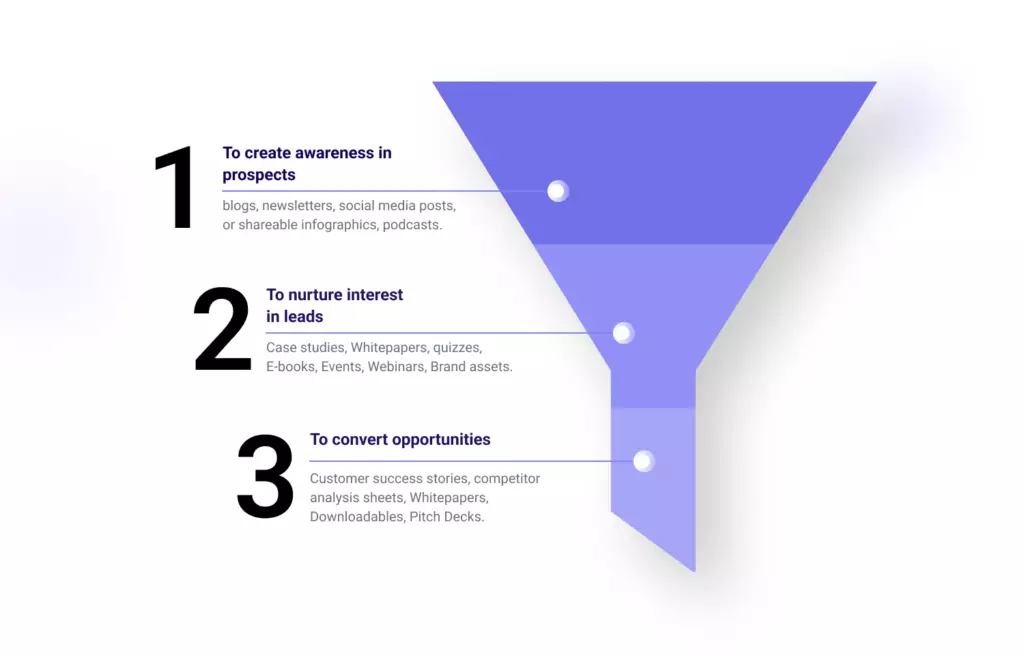
6. Set and Monitor the Right Sales Metrics
Tracking relevant metrics help you identify where you can intervene to make changes. It is important to set and monitor those metrics that show you where you’ve been and where you can go. Knowing that information will help you create the plan on how to get there.
How Will Tracking the Right Metrics Help You Improve Sales Velocity?
To improve sales velocity, you can draw a path after looking at a combination of insights from both the lagging indicators and current data from the leading indicators. Although the metrics you need to track will vary according to your organization’s strategic needs, this can be a guide.
Some of the metrics you have to track and improve:
General metrics:
- Revenue
- Win rate
- Pipeline velocity
- Average deal size
- Deal profitability
- Average sales cycle length
Sales productivity: Measure the effectiveness of your sales team
- Pipeline to quota ratio
- Percentage of high-quality lead follow-up
- Number of meetings booked
- Percentage of sales enablement materials used
- Deal slippage
- Sales linearity
Sales activity: Measure the performance of your salespeople
- Lead response time
- Number of calls made,
- Number of emails sent,
- Number of conversations
- Discovery Call To Meeting Rate
- Number of demos
- Cadence compliance
Sales pipeline: Measure the “health” of your pipeline and its every stage.
- Leads to Sales Qualified Leads ratio
- Pipeline stage conversion rate
- Number of opportunities
Tracking these metrics will help you measure the individual performances of salespeople, and of the entire team. Keeping a check on things regularly will avoid the last minute rush from salespeople to close deals towards the end of the quarter, or help you nip process bottlenecks from the bud.
But chasing detailed metrics of each salesperson’s progress or every prospect interaction or even the big-picture numbers like quota attainment rate or revenue or cost of sales can be nearly impossible without a tool.
Most CRMs and sales engagement softwares come with advanced dashboards and provide daily, weekly, and monthly reports that are customizable to your organizational needs. Whichever tool you use, just remember to maintain a clean and updated system of records or your reports will be skewed and your time will be wasted.
7. Establish Constant Coaching To Support Your Reps
If you want to aim for the stars, good for you. But first, build a spaceship that can fly that far.
Taking the cookie cutter approach to coaching is a problem. If you’re just talking to your sales reps on what’s in the pipeline or about quota attainment once a month or a year and calling it coaching, there won’t be any note-worthy changes in the performance of your employees. And mediocre sales employees won’t help you achieve high velocity sales.
How Is Coaching Connected to High Velocity Sales?
Well, if all your reps become top performers, wouldn’t you have higher conversion rates, therefore, higher sales velocity? It’s just that.
More than a nice-to-have thing, coaching is actually important to convert your reps into top performers, and to stop them from leaving the organization. You want more people to stick around for longer periods of time because attrition is expensive. The problem lies in the onboarding and ramping up cost of getting new employees.
So, become more than a manager doing monthly check-ins. Become your employees’ trusted advisor, just like a coach is to an athlete. Focus on giving personalized training sessions that are relevant to each employee’s individual needs, regularly. Conduct practice sessions to build practical communication skills for cold calling, negotiation, objection handling, and pitching. Digital coaching should be a continuous process that is provided while work is ongoing, and not something that should be started after a rep fails to meet their quota.
Here is a four-part coaching model by Deloitte based on “a caring relationship.”
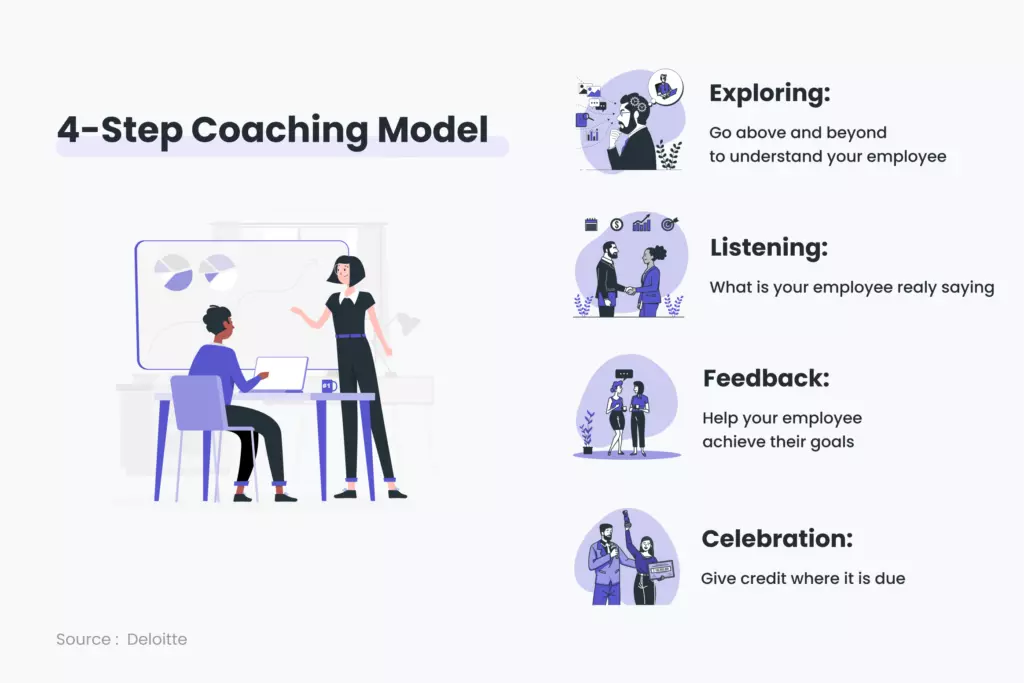
- Exploring: When a manager goes above and beyond to understand the employee and their personality traits, including what makes them tick.
- Listening: Learning about the employee’s background, interests, passion and fears. All of this will help you understand the underlying context of what employees are saying.
- Feedback: Show employees ways to improve their performances, and achieve their goals.
- Celebration: Give due recognition and acknowledgement to the employees who’ve contributed and impacted the organization.
This kind of coaching that is continuous and relationship-based, gives employees a chance to be heard and cared for in the organization. That is a pretty good motivator and pushes them to stick around for longer periods of time. This kind of coaching creates something similar to the Pygmalion Effect, where placing high expectations on people pushes them to perform better.
Winding Up
Building a high-velocity sales team could take months. It might even take a few years to get there, but when you do, revenue is going to pour in like traffic to a shopping center on Black Friday. Systematic planning, a strong sales tech stack, and consistently tracking and working towards goals will get you there easily, even if it takes time.
A brief recap on how to achieve high-velocity sales:
- Optimize your sales process to rope in more qualified leads
- Personalize your multichannel outreach at scale
- Clearly define sales roles between SDRs and AEs for maximum productivity
- Review pipeline regularly with reps and forecast revenue accurately
- Set realistic goals, and update KPI’s regularly by working backwards
- Provide continuous, constructive feedback throughout the work year rather than once a year
That’s a wrap.
